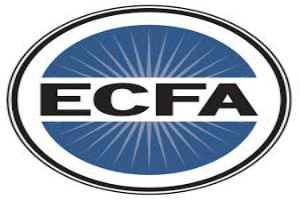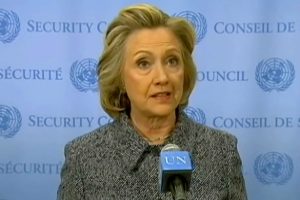After a decade of denials and less than three months after resigning from the board of his organization to spare it from the controversy, cyclist Lance Armstrong reportedly admitted to using performance-enhancing drugs in an interview with Oprah Winfrey, which will air on Thursday.
Earlier in the day, during a 20-minute meeting at the Livestrong Foundation, the disgraced former champion reportedly apologized to about 100 staff members but did not make a doping admission.
The 90-minute interview with Winfrey was filmed in Austin, Texas, and is scheduled to air on her fledgling cable television network over two nights. The Associated Press and various media outlets, citing an unnamed source, have reported that he admits to using performance-enhancers.
Messages left for executives at the Livestrong Foundation were not returned.
“I think it’s just bad for everyone at this point. Lance has dragged it out and people are still talking about Livestrong and him as the same thing,” said Joe Waters, co-author of Cause Marketing for Dummies” and a cause marketing blogger based in Boston, Mass. “It has to be hurting Livestrong,” he said.
“Will they survive? Yes. Will they be even close to the same magnetic brand they were a few years ago? Nope. They’re just another horse in the cancer community. I wonder who will seize on this as an opportunity for brand leadership?”
For years, Armstrong has denied doping or using performance-enhancing drugs, challenging critics to prove the allegations. The dominoes began to fall after the United States Anti-Doping Agency (USADA) released a report in October that included testimony from teammates about widespread doping that changes started hitting the nonprofit that he founded in 1997. The winner of seven Tour de France titles also was stripped of his championships and banned from cycling.
Armstrong stepped down as chairman of the board in October and later that month the foundation filed with the state of Texas to change its name from the Lance Armstrong Foundation to simply Livestrong Foundation. By November, Armstrong resigned from the board entirely. Livestrong had reported in November that donations were up about 2 percent and the number of donations was up 15 percent between the time Armstrong resigned as chairman and stepped down from the board.
The New York Times story on Sunday detailed potential conflicts between Armstrong’s business interests and the charity’s licensing agreements, prompting a statement from the foundation in response. Armstrong is the largest non-corporate donor to the foundation, having donated $7 million over the years.
“We take issue with the story’s insinuation otherwise about Lance and other partnerships and note it contained not proof but instead only one individual’s personal feelings,” according to the 653-word statement. “We specifically take issue with publication of thinly sourced suggestions that Livestrong Foundation’s marketing agreements — their existence, the process of setting them up or any other aspect – or other foundation activities or relationships are in any way improper or questionable. We are, in fact, proud of our record of providing a trailblazing example of how innovative nonprofits can think like for-profits, reach new audiences, find ways to ensure the health of their organizations and, in the end, produce even greater results for the needs they serve,” according to the statement, which also noted its high rankings by charity evaluators and watchdogs.
The organization went on to say that it ended its 15th anniversary year of 2012 having generated more than $48 million in revenue. Almost of third of that revenue was generated through license fees and the organization has an endowment valued at about $30 million.











